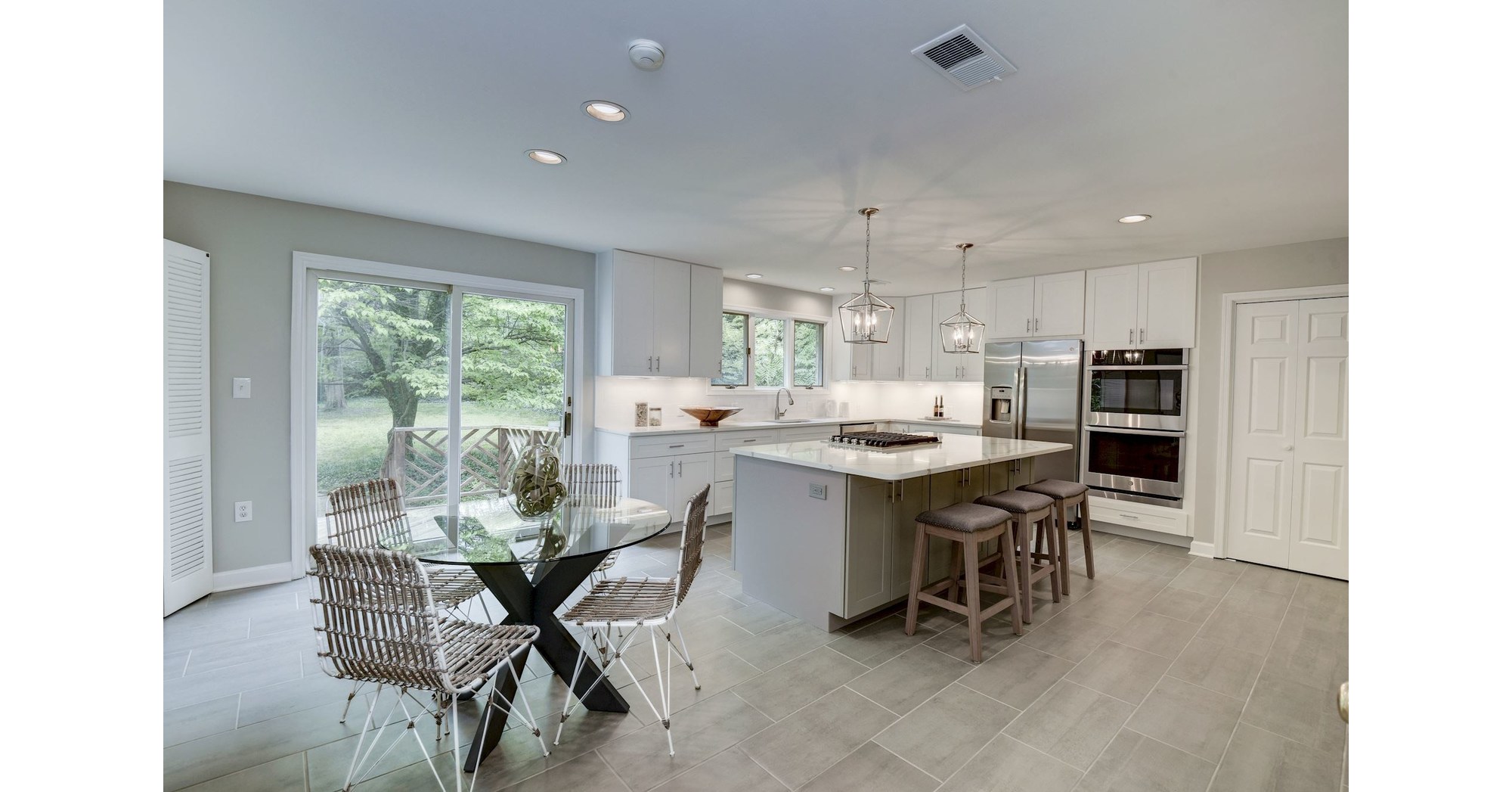Skift Take
A design aesthetic that is easier to maintain and gives guest rooms the sense of a larger space and more light — but often a view of the toilet — needs to be artfully executed for post-pandemic hospitality marketing.
Andy Ross will never forget the hotel stay that tested his sense of propriety. The open layout and glass partitions meant he could see all the way from the bed to the ongoings in the bathroom — and beyond.
“It was not only that you were fully exposed when you were in the bathroom, but you also had floor-to-ceiling windows that looked directly into the office building next door,” he said. “So there was no sense of privacy and I remember how shocked I was. Then I thought, ‘This is kind of fun. I can work through my insecurities and make it work.’”
The managing director of the Brenton Hotel in Newport, R.I., has since seen modifications — like frosted glass — to the concept to not only “secure modesty” but give hotel designers another tool in their belt.
“You can immediately open up what was dark and cavernous and make it feel big and bright,” he said.
As hotels emerge from the pandemic, a renewed interest on design and function will be top of mind, down to every square inch of the bathroom, as owners look to layout and convenience as fresh marketing fodder.
To be sure, some potential hotel guests consider the minimalist design principle an epic fail of both form and bodily function. The commotion over visible commodes frequently blows up Facebook groups like Girls LOVE Travel, where one woman crowd-sourced opinions from 1.2 million fellow adventurers to find a romantic property in Amsterdam for her and her boyfriend. Her number one request?
“The luxury bathroom should have a toilet that’s part of the bathroom and not entirely open,” she said. “To whoever had this dreadful idea of a toilet basically in the room, I prefer a bit of privacy!”
She and others like her, however, may find such opportunities dwindling like toilet tissue supply at the beginning of a pandemic.
Covid-19 made properties designed with “modern and minimalist aesthetics likely to prevail in hotel design post-pandemic,” said Kate Mooney of Occa Design in Glasgow.
“It should come as no surprise that cleanliness will be at the top of every hotelier’s agenda,” she added.
Occa expects to see more open spaces and guestrooms with less ornamentation going forward. By factoring in the right materials — including glass — properties can also reduce their operating and maintenance costs, says supplier Kaldewei. Their steel enamel fixtures feature a jointless surface, making them easier to clean for commercial properties. Those fixtures are commonly installed with the Nexsys shower channel system for a seamlessly drained floor that’s paired with clear glass-walled showers that are open on one side.
Not having a shower door also cuts down on the cleaning time of an average guest room. At most properties, roughly one-third of the 30 minutes allotted for servicing a room is used to scrub the powder room, shares Kaldewei.
Yotel properties find themselves well-positioned to thrive, says Neal Ludick, the company’s director of interior design. Most Yotels have an open-bathroom concept with at least some visibility from inside the guestroom to the privy area.

While properties are constructed with guests’ interest in mind, their open concept means Yotel can “think thoroughly about how a housekeeping crew can turn over a room,” said Ludick. “Simple, clean surfaces not only look better but are indeed easier to clean. The Yotel room design is light and airy, and boasts little challenge for a housekeeping crew.”
The restrooms at the newly opened Muir Hotel in Halifax, Nova Scotia, were a bit easier for designers like Alessandro Munge, founder and director of Studio Munge. As the property has more square footage on average in its guestrooms (and a higher price point) than others like city-center Yotels, there’s more open space between the toilet, large panes of glass, a partitioned sink, and rooms with exterior-facing walls.
Many Muir rooms face out toward the Atlantic, and the choice to incorporate as much glass as possible helps Studio Munge preserve the sense of openness by the sea. Using local materials to instill a sense of place was a no-brainer, says Munge: “Halifax and the region were so inspiring that we celebrated local materiality using a soulful gray granite and adding a soft gradient to the glass partitions reminiscent of the fog cloaking the harbor.”

If gradients offer guests shelter from the storm, there’s less hope on the horizon for those whose auditory senses are easily offended. Hotels with up-to-date HVAC systems have little background noise to cloak any business for even the most leisurely traveler.
“A dedicated silent extraction system in the shower provides a premium guest experience with little to no noise levels,” said Ludick. “This integrated design has meant that our bathroom and room air circulation and temperature control have always been combined, avoiding that pesky whirring from the bathroom fan.”
At the Brenton, independent air units for each room meant the property was prepared for the pandemic; those units are complemented by a “very sophisticated filtration system within the bathroom itself,” that eliminates any whirring, says Ross.
One thing is for certain — until the rest of the world follows Japan’s lead with noise-canceling, odor-eliminating thrones — more reserved travelers need to do their due diligence and review images before making a hotel reservation.


